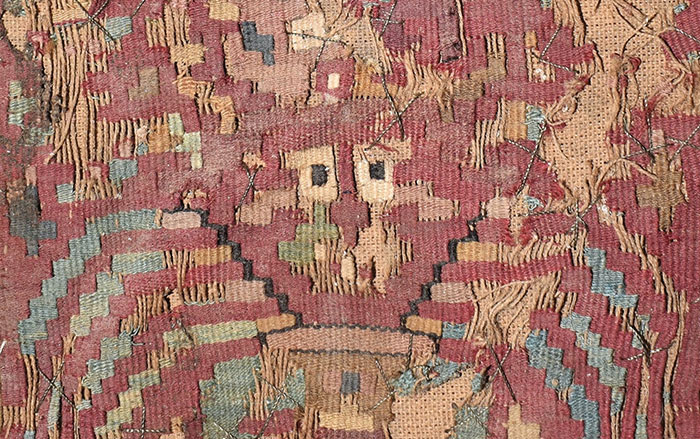SEGOVIA, SPAIN—When archaeologists were sifting through layers of sediment from the San Lázaro rock shelter in Segovia, Spain, they noticed an unusual looking stone that seemed to contain a small red dot in the middle. BBC News reports that deeper analysis of the object revealed that the strange mark was actually a Neanderthal fingerprint, the oldest known human fingerprint in existence. The researchers suggest that the small rock's three natural indentations resemble the two eyes and mouth of a human face. The dot seems to have been added to the stone's surface with red ocher to create the missing nose. Multispectral imaging of the pigment revealed the clear outline of a human fingerprint belonging to a Neanderthal who lived around 43,000 years ago. Researchers believe that the marking was deliberately made, since ocher does not naturally occur at the site and would have to have been intentionally brought to the shelter. Archaeologist Maria de Andrés-Herrero of the Complutense University of Madrid said her group's findings mark an important contribution to the debate on Neanderthals' symbolic capacity. If the archaeologists’ interpretations are accurate, it would also make the stone the oldest known portable art object in Europe and the only one known to have been painted by Neanderthals. Read the original scholarly article about this research in Archaeological and Anthropological Sciences. To read about eagle talons that Neanderthals appropriated as jewelry and symbolic objects, go to "Neanderthal Fashion Statement."













